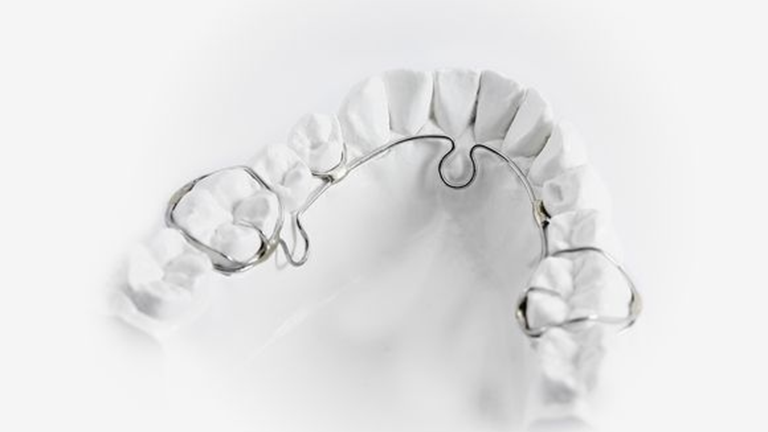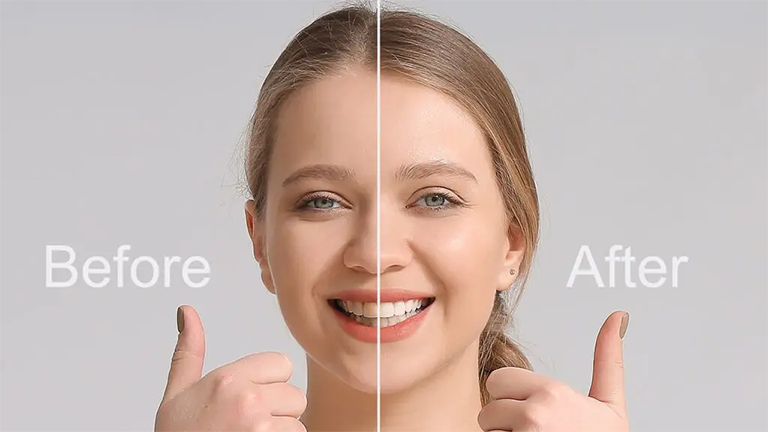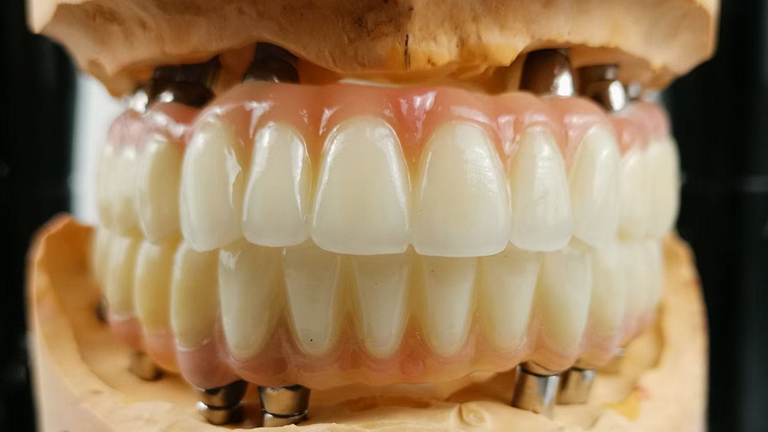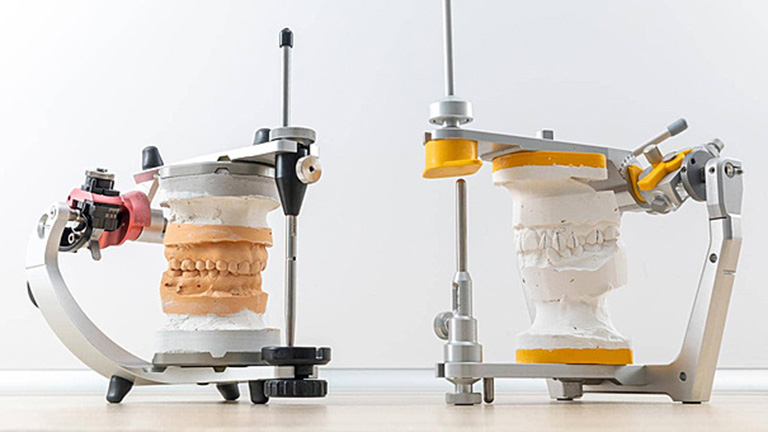Everything You Need to Know About Dental Orthodontics
When it comes to dental health, orthodontics is a crucial aspect that deserves special attention. In fact, orthodontics can do more than just improve the appearance of teeth – it can also play a vital role in maintaining optimal oral health.
What is Dental Orthodontics?
Dental orthodontics is a branch of dentistry that specializes in the diagnosis, prevention, and treatment of dental and facial irregularities. Orthodontic treatments such as braces, aligners, and other appliances can help correct problems with teeth and jaws, enhance facial aesthetics, and improve overall oral health.
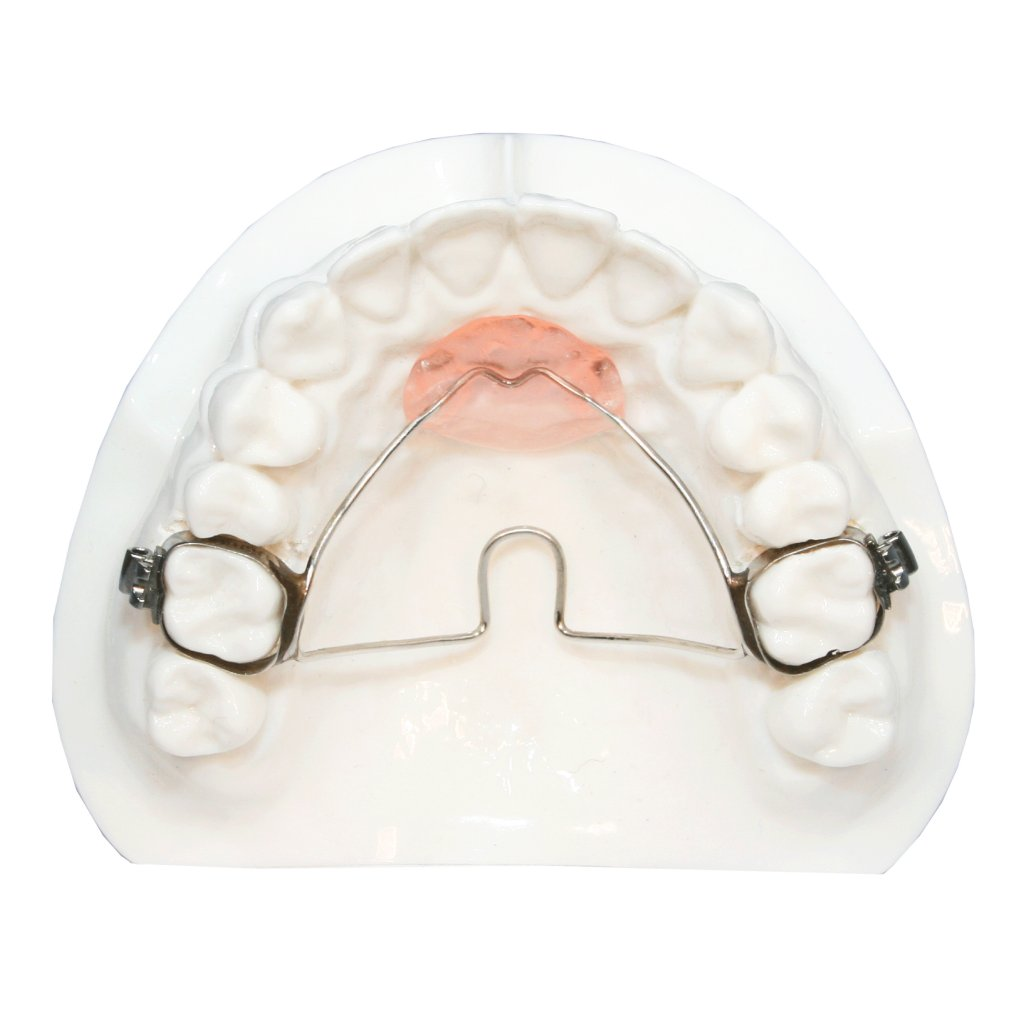
Why is It Necessary?
Orthodontic problems like misaligned teeth or jaws can cause aesthetic concerns, but that’s not the only reason to consider orthodontic treatment. Misaligned teeth or jaws can cause a variety of dental problems such as tooth decay, gum disease, and even loss of teeth. Additionally, crooked teeth can also negatively impact speech and chewing ability, causing discomfort and embarrassment.
When Should You Visit an Orthodontist?
If you notice any of the following signs or issues, it’s critical to see an orthodontist:
– Overcrowded or crooked teeth
– Underbite or overbite
– Difficulties in speaking or chewing
– Thumb-sucking or lip-biting habits
– Breathing difficulties during sleep
– Jaw pain or clicking sounds when opening and closing the mouth
What are the Different Types of Dental Orthodontic Treatments?
Orthodontic treatments are custom-tailored according to the specific needs of each individual patient. Some of the common types of orthodontic treatments include:
1. Braces: Braces are a traditional orthodontic treatment that uses brackets and wires to move teeth into their correct position. Modern braces are considerably more comfortable and less noticeable than earlier versions, and come in a variety of materials such as metal, ceramic, or clear aligners.
2. Invisalign: Invisalign is an innovative, clear aligner system that is virtually invisible while it works to correct teeth alignment. It is an excellent choice for those who want to avoid the discomfort and aesthetic concerns of traditional braces.
3. Retainers: Retainers are typically used after braces or other treatment to help maintain the new position of teeth. They can be removable or permanently bonded to the teeth.
4. Palatal Expanders: These are devices that can be used to help correct certain types of bite problems such as an underdeveloped palate or upper jaw.
5. Jaw Surgery: In rare cases, orthodontic surgical treatment may be necessary to correct jaw abnormalities.
Dental orthodontics can be a life-changing and transformative experience, offering a wide range of benefits to patients.
Here are some of the most compelling benefits of dental orthodontics:
1. Aesthetic improvement: One of the most commonly cited benefits of dental orthodontics is the improvement in the overall appearance of the patient’s smile. Correcting crooked and misaligned teeth can significantly enhance your smile and boost your confidence.
2. Improved oral health: Orthodontic treatments can also help to improve oral health by reducing the risk of issues such as tooth decay, gum disease, and other related concerns. This is because straighter teeth are less prone to the buildup of plaque and bacteria, making them easier to clean and maintain.
3. Improved bite: Misaligned teeth can also have an impact on your overall bite and jaw alignment, leading to issues such as headaches, jaw pain, and even speech difficulties. Orthodontic treatment can help to correct these issues, resulting in improved overall bite function and comfort.
4. Better overall health: The health benefits of dental orthodontics extend well beyond the mouth. Because orthodontic treatments can improve oral health, they can also contribute to better overall health and well-being, reducing the risk of serious health conditions such as heart disease, stroke, and diabetes.
How Long Does Orthodontic Treatment Take?
Orthodontic treatment durations will vary depending on the specific needs of each patient. In general, orthodontic treatment takes around 18 to 24 months, but simpler cases may take less time, while more complex cases may take longer.
In Conclusion
Orthodontic treatments can greatly benefit those suffering from various dental and facial irregularities. If you think orthodontic treatment might be right for you, it’s important to book an appointment with an orthodontist as soon as possible. They can provide you with an individualized treatment plan and help you achieve optimal oral health and aesthetics.

